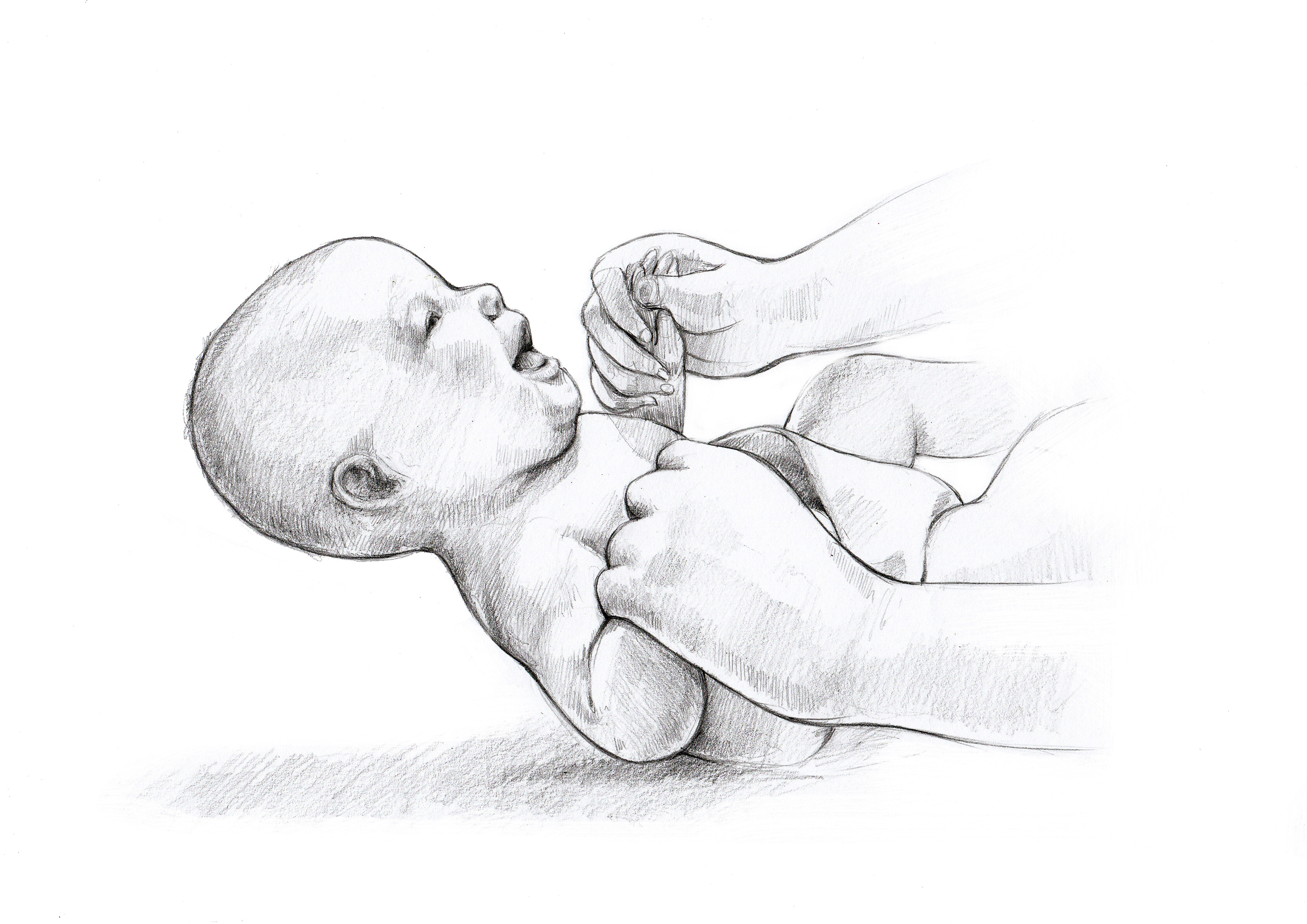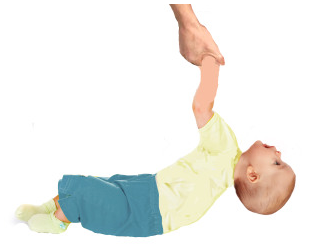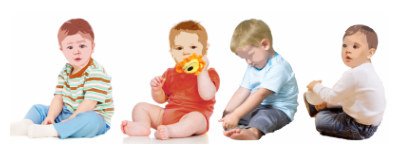“Bad behavior” arises from developmental delay (see important photos below)
by Sonia Story
A grandmother recently told me her five year-old grandson was kicked out of four schools in the last 15 months!
Sadly, being kicked out of kindergarten, and even pre-school, has become commonplace for many children.
It is heartbreaking.
What could be so wrong that a child this age is kicked out of school?
“Bad Behavior” is what parents are often told. They are told their child is:
Disruptive
Fighting with other children
Having tantrums
Parents are told their child will not sit still, will not join group activities, cannot focus, will not follow directions. “Frequent angry outbursts” are often part of the picture.
While all of these observations may be accurate, they are only documenting the surface of the problem. The child is stressed and parents instinctively know this. They explain, “My child gets over stimulated.”
What I wish every parent and teacher knew
What parents and educators may not know is that an over stimulated, over-reactive, “cannot-sit-still” child most likely did not have the opportunity to fully develop sufficient brain, body and sensory maturity. Usually the child experienced hindrances to development in the womb and early infancy. There are many factors that can cause a lack of movement and other serious consequences during womb life and infancy that result in gaps in development.
Incomplete development can leave a child in a stressful, “fight-or-flight” state. Hypersensitivities can then occur and disconnects arise between brain, body and sensory systems making learning difficult. Such a child is often highly uncomfortable. While trying to be still, one 5 year old boy said: “it feels like I’m gonna explode”.
When we look at a child with proper development, versus one with incomplete development, we can more clearly understand why the more immature child will struggle.

This baby has proper core strength and the head does not lag back when the baby is pulled to a sitting position. This baby has the foundation to develop good balance, sensory processing, emotional and social skills, speech and learning.

Photo courtesy of Kathleen Porter https://naturaltothecore.wordpress.com
This baby has poor core strength, and obvious head lag—the head dips below the level of the spine while the baby is pulled up. Head lag past a certain age is a sign that the brain, body and sensory systems are lacking in maturity.
The child with head lag and poor core strength typically has poor balance, struggles to focus, is hyperactive, and has sensory processing challenges. Without intervention this child will have a difficult time functioning well in school and is at risk for being kicked out of kindergarten and worse consequences as the child gets older.
Because it is not developmentally appropriate, we should not expect too much sitting still for young children. However, a child who has little or no capacity to be still at all is a child who is not ready for pre-school nor kindergarten. His neuro-sensory-motor system is not mature enough to meet the demands for learning in a school setting. The underdeveloped child has no way of controlling his body, nor his emotions. He moves constantly, interrupts and tries not to explode, but his fight-or-flight state precludes him from functioning well, and he cannot make his body do what is being asked of him, even if he wants to.
This is not a “bad” child. This is a child who is struggling with neuro-sensory-motor systems that are underdeveloped.
ADHD behavior associated with developmental delay
Research shows that underdevelopment in the neuro-sensory-motor system is linked to symptoms of ADHD. (See references below).
One of the best interventions we can provide is giving neurodevelopmental movements because these build the brain, body and sensory systems and can make up for much of what was lost in infancy. Neurodevelopmental movements are the innate automatic movements that healthy babies do in infancy when they are un-hindered. Neurodevelopmental movements are the brain’s own built-in exercise program that provide core-strength. The brain requires these same movements for developing the senses and the maturity to sit still, focus, speak, manage the emotions, and learn.
At any age, we can give these neurodevelopmental movements and reap the benefits of greater physical, emotional and cognitive skills. We can even reverse the symptoms of ADHD through consistent use of these movements, as Harald Blomberg, MD reports in, Movements That Heal, co-authored with Moira Dempsey.
Find out more about how neurodevelopmental movement has helped children and families make huge progress.
You can receive in-depth instruction in these specific neurodevelopmental movements in the Brain and Sensory Foundations courses and in the Rhythmic Movement Training courses. Expand your learning of these wonderful movements—and become a powerful force for change by helping struggling children and adults.
References
Konicarova, J., & Bob, P. (2013). Asymmetric tonic neck reflex and symptoms of attention deficit and hyperactivity disorder in children. International Journal of Neuroscience, 123(11), 766-769. doi:10.3109/00207454.2013.801471
Konicarova, J., Bob, P., & Raboch, J. (2013). Persisting primitive reflexes in medication-naïve girls with attention-deficit and hyperactivity disorder. Neuropsychiatric Disease and Treatment, 1457. doi:10.2147/ndt.s49343
Rubia, K. (2007). Neuro-anatomic evidence for the maturational delay hypothesis of ADHD. Proceedings of the National Academy of Sciences, 104(50), 19663-19664. doi:10.1073/pnas.0710329105
Sripada, C. S., Kessler, D., & Angstadt, M. (2014). Lag in maturation of the brain's intrinsic functional architecture in attention-deficit/hyperactivity disorder. Proceedings of the National Academy of Sciences, 111(39), 14259-14264. doi:10.1073/pnas.1407787111
Taylor, M., Houghton, S., & Chapman, E. (2004). Primitive reflexes and attention-deficit/hyperactivity disorder: Developmental origins of classroom dysfunction. International Journal of Special Education, 19(1), 23-37.
Blomberg, H., Dempsey, M., & Phua, S. S. (2011). Movements that heal: Rhythmic movement training and primitive reflex integration. Sunnybank Hills, Qld.: Book Pal.
© Sonia Story 2017
Neurodevelopmental Movements are excellent for developing the brain, sensory, nervous and motor systems. They help the brain grow and function at its best, resulting in more happiness and health.
Neurodevelopmental Movements are derived from what babies do in the womb and infancy and they are highly stimulating to the brain. No matter what our age, doing these movements will literally "wire the the brain" creating new nerve connections, and more efficient pathways among existing nerves.
Neurodevelopmental Movements are in large part responsible for the tremendous rate of brain growth we see in infants and toddlers. In addition to being very calming, the movements are critically important for laying down the neruo-sensory-motor foundations for higher level skills such as language development, social interaction and learning.
The neuro-sensory-motor foundation can have gaps, from mild to severe. These gaps exist from womb and infant life or from trauma or injuries later in life. With Neurodevelopmental Movement, we can bridge these gaps and create more ease and effectiveness in all realms of life.
Neurodevelopmental Movement is excellent for sensory integration because it calms the nervous system while developnig vision, hearing, balance, touch and proprioception. The motor systems also develop for proper head control, muscle tone, stamina, strength and posture. These basic sensory-motor skills have been called the "foundations for all future learning"
Our learning, emotional, social, and physical abilities depend on how well the neural pathways in the brain are laid down in infancy. Neurodevelopmental Movements give us a second chance to rebuild the foundations of brain and body health.





